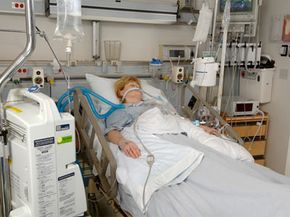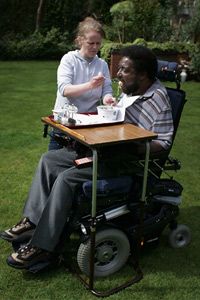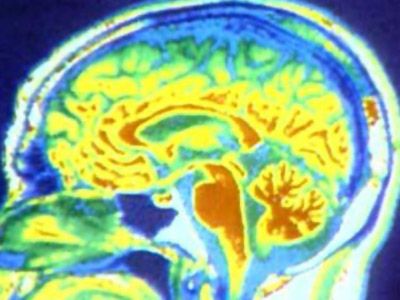For some of us, death is something we've only seen on television or on the silver screen. Our perceptions of dying have been shaped by actors gunning for awards in dramatic deathbed scenes or bad guys getting their just deserts as they go down in a blast of bullets. We've postponed turning pages of best-selling books to keep our heroes alive and listened to the heartbreak of loss on the radio. Dying is on the news as well: celebrities dying of overdoses, princesses dying in car accidents and ordinary people dying in terrorist attacks. Death is a concept even young students grapple with in history class, trying to understand the impact of millions dead because of war, disease, natural disasters or concentration camps.
Others of us have witnessed dying in an up close and personal way. We've lost grandparents and parents to degenerative diseases, we've lost siblings and friends to car accidents or we've known someone who was just in the wrong place at the wrong time. When death happens, it often seems unfair. It may also seem unnatural because from the time of our births, we spend a good deal of effort trying to prevent death. We receive childhood vaccines so we don't get sick; we hear strict admonitions to look both ways before crossing the street; we swallow broccoli grudgingly knowing that it's good for us. As we become teenagers, we learn about risk factors that could shorten our lives, from tobacco and alcohol use to unsafe sex and reckless driving. And when we round the bend to adulthood, we start swallowing vitamins and prescription drugs and subscribing to bizarre exercise and beauty regimes in an effort to trick death.
Advertisement
But death isn't an adversary we can conquer or a battle that is to be won. Rather, it's a natural part of life that occurs sooner or later because our bodies weren't made to last forever. Also, it's the event that gives life meaning. Without the timeline of death, it could be argued, we'd never get around to doing very much at all. In that way, death puts a lot of pressure on us, and we may never feel we're actually ready for it. Additionally, death is a mysterious business; after all, the only ones who know anything about it aren't around to share their knowledge.
In this article, we'll take a look at what we know about the scientific process of dying so far. Death may not always be pretty, but it's a fate that awaits us all. So what exactly is death?







